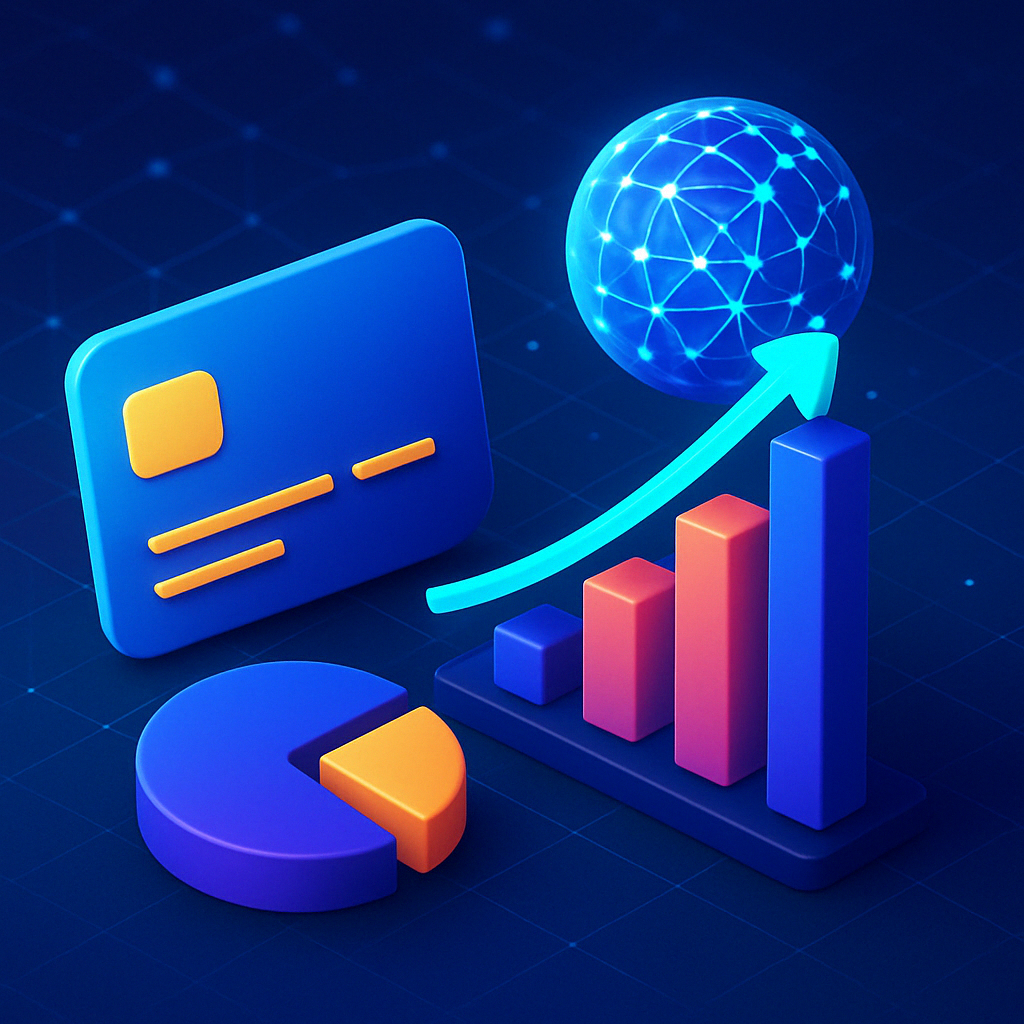This blog explores how real-time data and AI are transforming credit risk management in banking. It highlights the limitations of traditional models, showcases real-world results from AI-driven implementations, and outlines how institutions can evolve their risk functions into strategic growth enablers through predictive intelligence and continuous credit insights.
Banks are facing a watershed moment. With inflation swinging wildly, interest rates climbing, and consumer behaviors shifting unpredictably, traditional approaches to credit risk management are no longer sufficient. While the industry has spent the last decade talking about data transformation, many financial institutions still rely on retrospective snapshots to make critical lending decisions, ignoring the signals that real-time data can provide.
At Anaptyss, we’ve been working closely with our banking partners, and one thing has become abundantly clear—institutions that leverage real-time data flows and AI-powered analytics are outperforming their peers and fundamentally reshaping what’s possible in lending.
The Limitations of Traditional Credit Risk Models
Historically, credit scores and quarterly financials—once regarded as the gold standard—now present significant temporal limitations in today’s dynamic financial environment. They reflect a borrower’s past performance but offer limited insight into future risk.
This disconnect leads to increased loan loss provisions, capital inefficiencies, and missed opportunities to act before defaults materialize. In fact, U.S. household debt reached a record $17.94 trillion in Q4 2024, with credit card delinquencies climbing to 7.1%—a clear signal that traditional credit assessment methods are no longer sufficient in today’s volatile environment.
In one engagement, Anaptyss helped a U.S.-based commercial lender automate the validation of third-party credit models—including FICO and Experian—using a machine learning-driven solution. The result, a 40% boost in validation efficiency and full regulatory compliance, minimizing the lag and blind spots of traditional scorecards.
The Real-Time Data
Every transaction, every interaction, every click generates data that, when harnessed properly, offers a living, breathing picture of a borrower’s financial health.
In a recent real-world implementation, Anaptyss partnered with a U.S.-based financial institution to deploy an AI/ML-powered analytics solution for delinquency prediction. By leveraging real-time behavioral data, payment patterns, and external signals, the model achieved 93% accuracy in identifying potential defaulters, well before traditional indicators flagged any risk.
This isn’t futuristic thinking—it’s happening right now in financial institutions that have embraced what we call “continuous credit intelligence.”
The Role of AI in Advanced Credit Decisioning
There’s been plenty of hype around AI in banking. The AI market within fintech is projected to grow from $14.2 billion to $76.2 billion by 2033, reflecting its expanding role in credit risk management.
But beyond the marketing buzzwords, there are tangible, practical applications that are delivering immediate value in the credit risk space. Here’s what we’re seeing AI excel at in credit risk management –
- Pattern recognition at scale
Identifying subtle correlations across thousands of variables that traditional models miss entirely - Continuous learning
Adapting to new economic conditions without manual recalibration - Explainable recommendations
Moving beyond black-box scoring to actionable insights that relationship managers can actually use - Scenario simulation
Running complex stress tests that account for interconnected risk factors
Our banking partners are finding that AI doesn’t replace human judgment—it amplifies it, giving credit officers more time to focus on relationship-building rather than spreadsheet analysis.
Shifting from Risk Avoidance to Strategic Risk Intelligence
Perhaps the most profound shift we’re seeing in credit risk management is cultural. Leading financial institutions are moving away from viewing risk functions as cost centers or compliance necessities. Instead, they’re repositioning them as strategic enablers of innovation and growth.
This shift is reflected in industry trends. According to Accenture’s Risk Study: 2024 Edition, 83% of risk professionals acknowledge that complex, interconnected risks are emerging more rapidly than before. However, 72% admit that their organization’s risk management capabilities have not kept pace with the rapidly changing risk landscape.
This evolution marks a critical turning point: risk intelligence is becoming a foundational competency—one that informs innovation, product strategy, and customer engagement—far beyond its historical role of protection and oversight.
Implementation Methodology – A Structured Approach
For organizations considering the adoption of advanced risk management capabilities, it is advisable to pursue incremental implementation rather than comprehensive infrastructure replacement. Optimal outcomes need not require immediate transformation of all existing systems.
We’ve guided dozens of financial institutions through this journey, and the most successful ones follow a similar path, which includes-
- Start with the highest-impact use case—usually either early warning signals or segment-specific score enhancement
- Unlock your existing data—most banks already sit on gold mines of information trapped in siloed systems
- Build cross-functional teams—bringing risk analysts and data scientists together creates powerful synergies
- Measure obsessively—define clear KPIs around both risk outcomes and operational efficiency
- Iterate rapidly—the 80/20 rule applies; get solutions in market quickly and refine through real usage
Despite the recognized benefits, only 13% of banking organizations rate their AI maturity as highly developed, highlighting a significant opportunity for growth and development in AI capabilities.
Evolution from Risk Management to Strategic Growth Facilitation
Looking beyond the immediate horizon, we see credit risk teams evolving into something far more influential within their organizations. Armed with predictive intelligence and real-time insights, they’re becoming central to how banks –
- Design new products that balance innovation with sound risk principles
- Develop more inclusive scoring mechanisms that can safely extend credit to underserved populations
- Create early intervention programs that turn potential defaults into customer loyalty opportunities
- Build climate risk into lending strategies as ESG considerations become mainstream
This strategic repositioning is gaining momentum. The global credit risk assessment market is projected to grow at a CAGR of 14.1%, reaching $18.43 billion by 2031, largely fueled by the adoption of AI and machine learning technologies.
The institutions leading this charge aren’t just avoiding bad loans—they’re discovering entirely new avenues for responsible growth.
Conclusion
The implementation of real-time, AI-enhanced credit risk management frameworks represents more than technological deployment—it requires fundamental reconsideration of operational possibilities through integration of domain expertise with advanced analytical methodologies.
At Anaptyss, we’ve been privileged to guide financial institutions of all sizes through this evolution. What continues to inspire us is seeing how these capabilities don’t just make banks safer—they make them better at fulfilling their fundamental purpose – helping customers achieve their financial goals through responsible access to credit.
The question isn’t whether the industry will move in this direction—it’s which institutions will proactively lead the way and which will reactively implement.
To learn more about how your organization can transform its approach to credit risk, reach out to our team at insights@anaptyss.com or visit our Resource Center for case studies and implementation guides.



